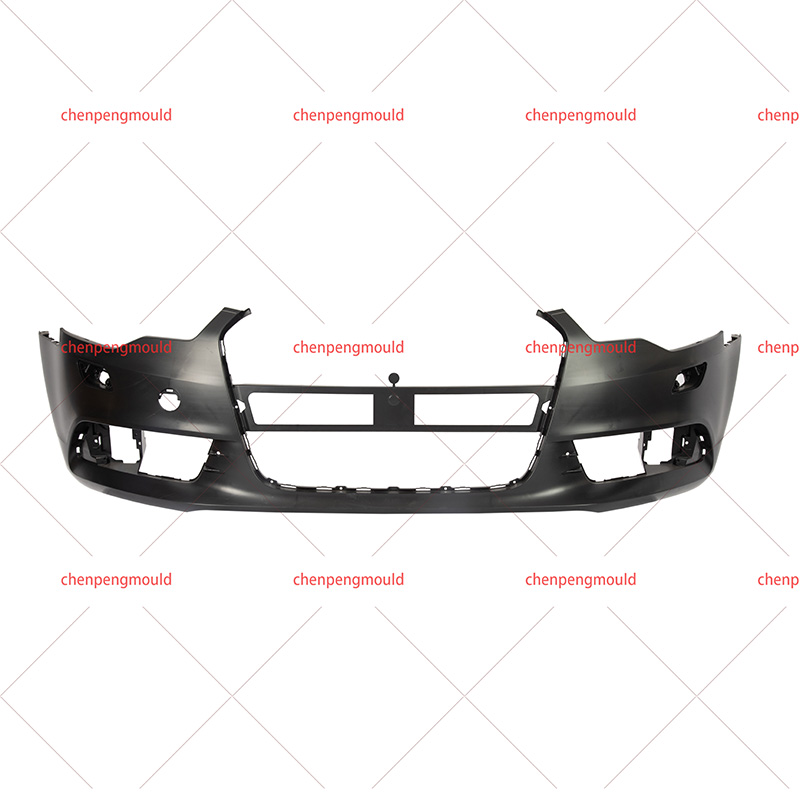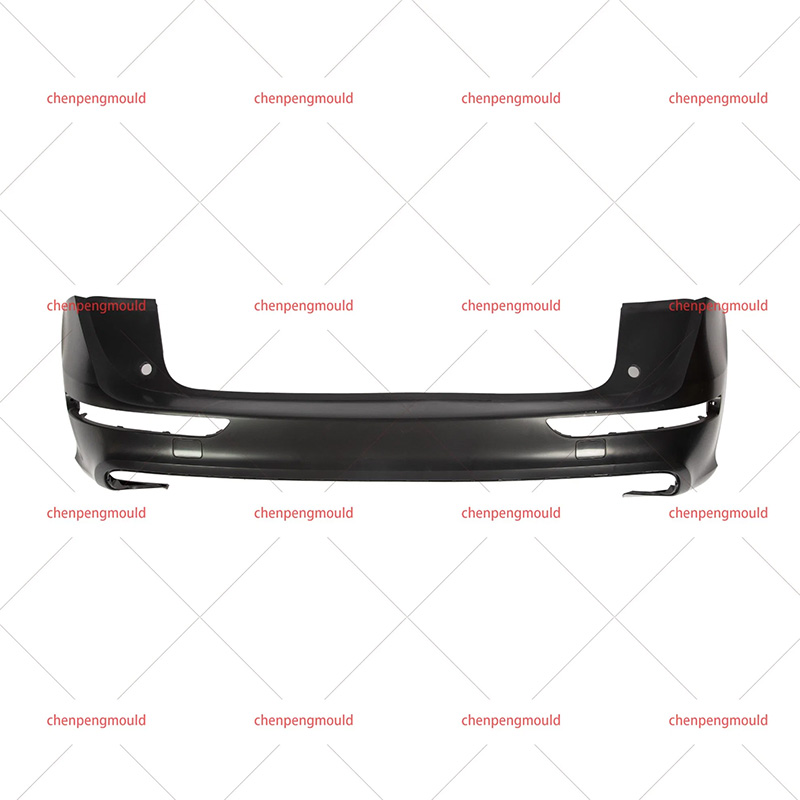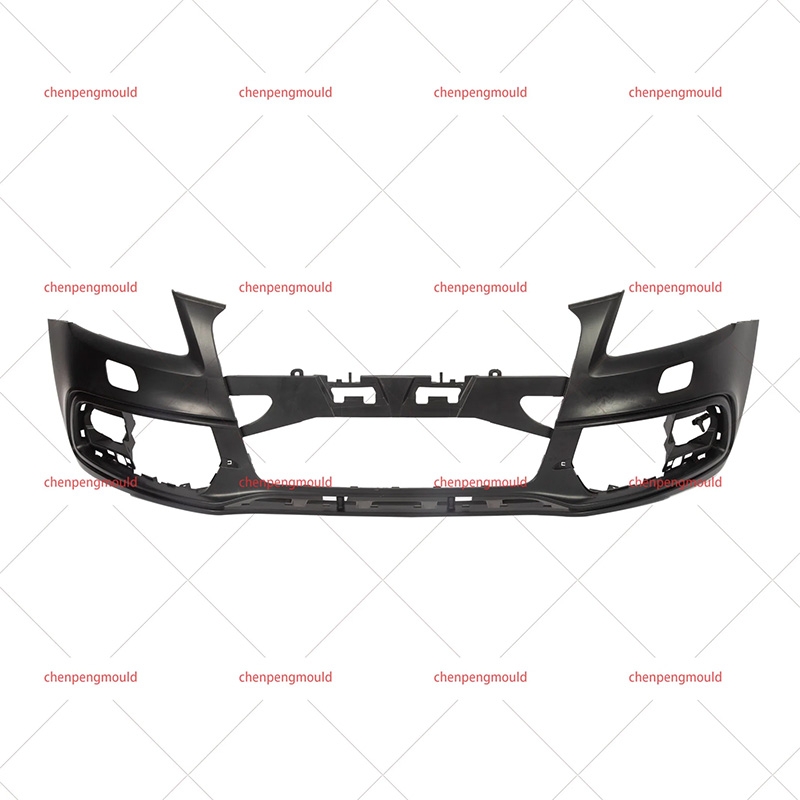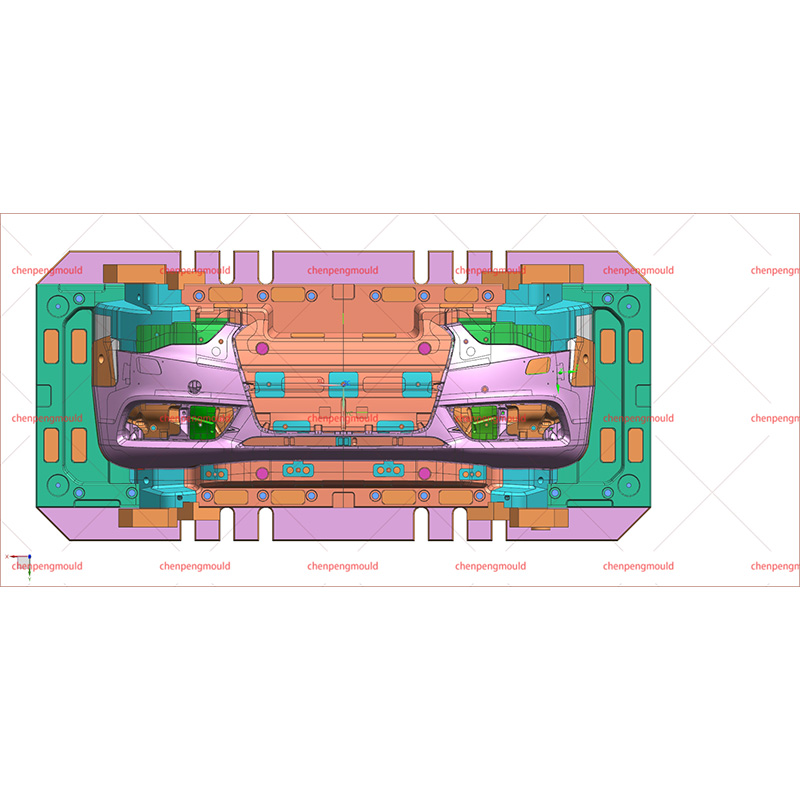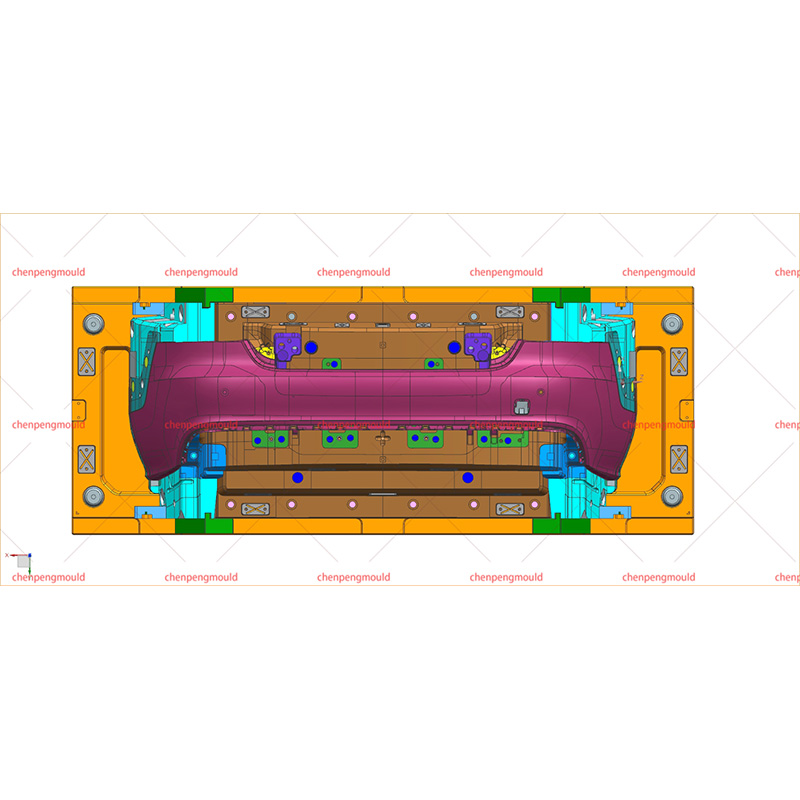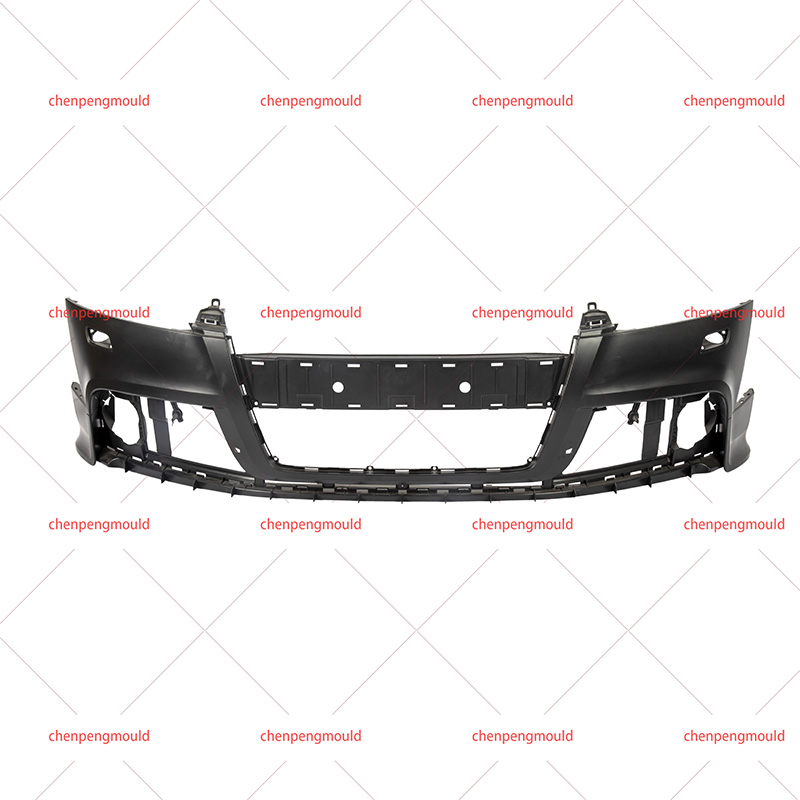Custom Bumper Molding for Car For Sale Exporter Producer
Bumper molding for cars has evolved significantly since its inception, and its development continues to play a pivotal role in automotive manufacturing. Bumpers, which serve both protective and aesthetic functions, have seen substantial advancements in materials, design, and manufacturing techniques. The evolution of bumper molding for cars reflects broader trends in the automotive industry, including the shift toward lighter vehicles, greater safety standards, and environmental sustainability.
Early Stages of Bumper Molding for Cars
In the early days of automotive production, bumpers were primarily made from heavy metal materials such as steel and cast iron. These materials offered durability and strength but lacked the flexibility and aesthetic appeal that modern bumpers possess today. The early methods of bumper molding for cars were relatively simple, typically involving stamping or welding metal sheets into the desired shape. However, as the automotive industry progressed, so did the demands for bumpers that could absorb impacts, reduce weight, and enhance the overall design of vehicles.
The introduction of plastic and composite materials into bumper molding for cars marked a significant turning point. Plastics, which are lightweight yet highly durable, quickly became the material of choice for automotive bumpers. The ability to mold plastics into complex shapes also allowed for more intricate and streamlined bumper designs, which were not possible with metal at the time.
The Rise of Injection Molding in Bumper Manufacturing
The development of injection molding technology had a profound impact on bumper molding for cars. Injection molding is a process in which plastic or composite materials are heated until they become molten and then injected into a precisely engineered mold to take its shape. This method revolutionized the manufacturing of automotive bumpers, allowing for higher precision, more complex designs, and faster production cycles.
Injection molding also enabled the creation of bumpers that were not only lighter but also more durable and resistant to environmental factors. The ability to use different grades of plastic, such as polypropylene and polyurethane, allowed manufacturers to customize bumpers for specific vehicle types, ensuring they met safety standards and design preferences.
In the late 20th century, as automakers began to prioritize both safety and aesthetics, bumper molding for cars became more sophisticated. The shift toward energy-absorbing bumpers that could withstand collisions without significant damage led to the widespread use of foam inserts and reinforcement bars in bumper designs. These materials, combined with the capabilities of injection molding, helped produce bumpers that were both lightweight and highly functional.
Environmental Considerations in Bumper Molding for Cars
As environmental concerns became more prominent in the automotive industry, bumper molding for cars had to adapt. The move towards sustainable manufacturing processes and materials became a key factor in the development of automotive bumpers. Manufacturers began experimenting with recycled plastics and bioplastics as alternatives to traditional petroleum-based materials. This shift not only helped reduce the environmental footprint of vehicle production but also addressed the growing demand for eco-friendly vehicles.
Additionally, innovations in bumper molding for cars allowed for greater recyclability of bumpers at the end of their lifecycle. Modern bumpers are often designed with the aim of being easily disassembled and recycled, ensuring that less material ends up in landfills. This focus on sustainability has continued to shape the development of bumper molding for cars, particularly as the automotive industry moves toward carbon-neutral manufacturing processes.

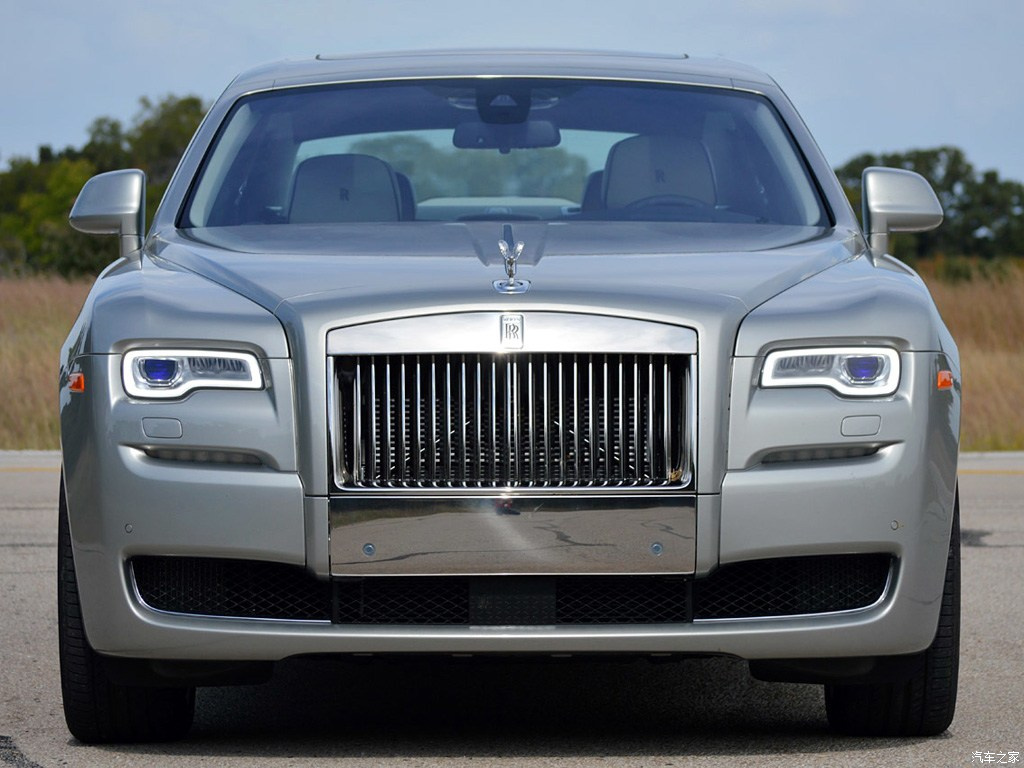
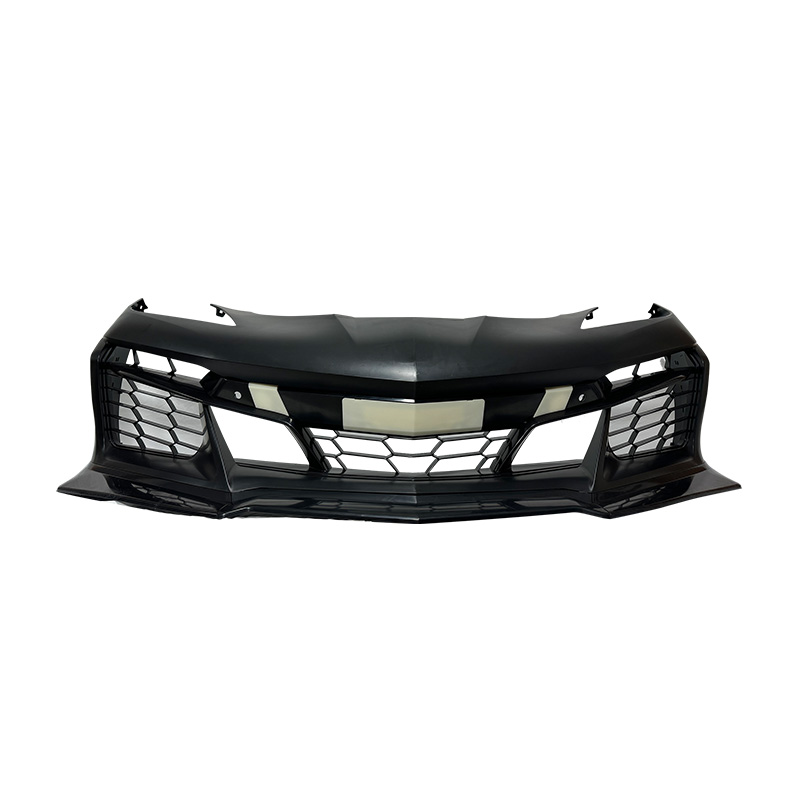

 +86-18357617666
+86-18357617666
